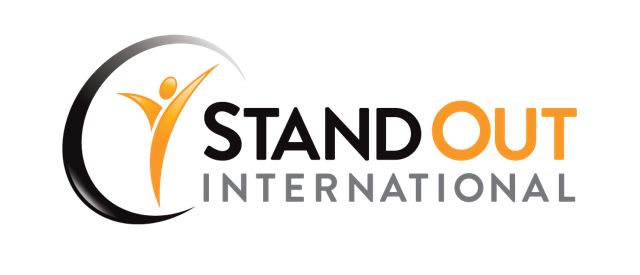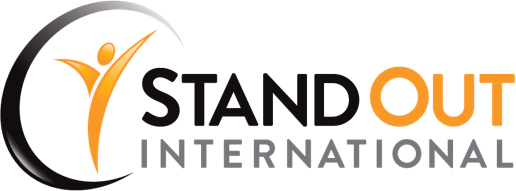We don’t get paid for efforts; we get paid for results. In many organizations, job descriptions are purely task-oriented. People are told what to do instead of what results are expected. This limits their scope and inhibits initiative and creativity.
A Position-Result Guide is a tool that defines and organizes your work in a result-oriented approach.
Creating a Position-Result Guide in 3 steps
1. Describe Your Major Goal of the Position
Identify the role and major purpose of your work and position.
- What overall results are expected from you in your position?
- Why does this position exist and how does it relate to the organizational objectives and strategic priorities?
2. Determine Your Responsibilities with Key Result Areas (KRA)
A Key Result Area (KRA) is a job function and describes areas of responsibility related to the desired outcome of the position.
- What are the key responsibilities?
- What are the main projects, areas of activities or key result areas of the position?
- What is this person responsible for accomplishing?
Usually, there are between three to six Key Result Areas per position.
3. Define and Set Performance Standards (PS)
A Performance Standard measures the successful completion of a task, activity, project or responsibility. It describes when a job in the Key Result Area is satisfactorily performed. Be sure the conditions you describe are specific, measurable and time-based by applying one for the following measures:
- Timeline (“project XYZ accomplished by November 30”)
- Documentation (“financial report delivered and presented by June 15”)
- Percentage (“increase market share by 2% by the end of the year”)
- Number (“create and submit 5 proposals per months”)
- Monetary Amount (“reduce cost by $200k in 6 months”)
Following is an example of a “Position-Result Guide” for the role of Vice President’s Operations of a $500 million construction company. Please note the specific and time-based measures.
Position Guide: Vice President of Operations
Major Role and Goal of the Position
Plans, organizes, directs and controls the activities of the Operations function of the company to ensure client satisfaction, quality delivery and financial performance. Responsible for the performance of all operations functions, including: Manufacturing, Material Management, Ordering services, Labor and Project management.
Key Result Area #1: Operations Management
Performance Standard: My job in this area will be satisfactorily performed when:
- Job profit for each construction project is met (Yes/No, including percentage difference from budget).
- Labor Budgets are met (Yes/No; percentage difference from budget).
- Schedule on sites are met (Yes/No; percentage difference from budget).
- Material Budgets are met (Yes/No; percentage difference from budget).
- Quality standards are met (QA/QC Checklist completed and signed by client.
Key Result Area #2: Maintain Customer Satisfaction and Client Relations
Performance Standard: My job in this area will be satisfactorily performed when:
- Weekly meetings to collaborate with sales to estimate how to develop new customers to meet monthly sales targets.
- Send out client satisfaction surveys at the end of each job at time of implementation.
- Meet with client and conduct interviews to hear all concerns and assure needs are being met once per month.
- Attend two industry trade shows and two conferences each year with the goal of staying current in our market sector.
Key Result Area #3: Management and Team Development
Performance Standard: My job in this area will be satisfactorily performed when:
- Staff morale is high. Survey staff every 6 months with the goal of 75 percent who are satisfied with their work.
- Conduct annual performance review meetings (written 1-page summary per direct report).
- Plan and conduct 3 off site team or strategy events per year to help bolster companywide morale.
- Monthly 1-1 development meetings with my Direct Reports to coach, mentor, develop their skills and knowledge; have them complete and work on their own development plan.
- Conduct meetings to provide information, updates and direction to the operations department (monthly with entire staff; weekly meeting with Direct Reports).
Key Result Area #4: Management Collaboration and Engagement
Performance Standard: My job in this area will be satisfactorily performed when:
- Companywide resource planning and allocation based on short, mid and long-term business development and backlog (quarterly meetings)
- Internal coordination with key departments: finance, sales, estimating – monthly meeting for update and coordination.
- Financial planning, projection and reviews: monthly reporting to CEO and executive team.
In order for a business to succeed, it requires an approach that organizes and structures work around results. Translating the organization’s strategic objectives into responsibilities and roles is the foundation of effective performance management and essential for creating a culture of accountability. This involves every position in the organization to link their responsibilities to the overall organizational objectives to clear, measurable standards of performance.
Sign up for Simon’s Coaching Tips
[contact-form-7 id=”4528″ title=”Newsletter Signup Blog”]

